When I create a mural, interacting with the public is a ritual.
One of the most frequent questions I am asked when painting a wall – surrounded by scaffolding, platforms in mid-air, and endless buckets of paint – is: “Do you have permission to do that?”
This question may seem comic and a bit naive, but it demonstrates that legitimizing or prohibiting interaction with public space implicitly affects the perception of an artwork, regardless of its quality. For instance, a work can be deemed beautiful or ugly, a disgrace or a masterpiece, according to the various opinions on the matter. I have even played around with this ambiguity to study people’s reactions; the cognitive alteration it generates is, without a doubt, one of the most interesting aspects of working in this way. Particularly curious people focus on technical issues or ask for more details: “Is that paint water-resistant? And who is paying you? …” Bolder observers even offer advice on the colors, composition and subjects depicted. Questions and comments about meaning are rare. This may be because people are discreet, but more likely it is because critical thinkers are relatively uncommon. Yet, if there is some fertile ground for conversation, I like reversing the roles, and firing back the questions I have been asked. In these cases, certain questions become symbolic, such as, “And you, what would you paint?” That is a difficult one to answer. When you can do exactly what you like and there are absolutely no constraints, creating in a public space awakens ancestral questions in us. This is because in a situation where anything is possible, the only limit is how far we are willing to push ourselves.
Marina Fulgeri, “Voci al Cubo”, 2010 – 2011, Fondazione Museion.
Photo courtesy of the artist
Marina Fulgeri gave the local community the freedom to interact with the white sides of a cube. The result can be considered a genuine social study of the park in Via Sassari. Messages and drawings, which were created using different techniques, including permanent markers and spray paint, overlap with no continuity across the entire surface, although boldness dwindled when working close the windows.
What is immediately apparent is that in this district most, most people’s native or common language is Italian. It is also obvious that the graffiti scene is quite limited in Bolzano and in Alto Adige in general. As opposed to what you could reliably predict in other towns and cities, there are very few tags that hallmark the style linked to a particular trend, Furthermore, the few tags that are present are all drawn with permanent markers. There are also black, red, gold and green lines drawn in spray paint. These appear to have been created at the same time as the other tags, but by different people. I like picturing that moment. It is evening, the internet connection is good enough to hear a few songs on a phone. There is a spray paint can with a classic nozzle, a couple of cigarettes are left and there is endless time to kill, just hanging out with friends. There is more delicate, older graffiti, too, that is now partly concealed by the new spray paint. You can make out people’s names in which the construction of the letters has an intuitive or “scholastic” style. Most of these look as if they were written at the same time as well, perhaps by a class of school kids or a group from a youth center who swapped their writing utensils. These remind me of some of the courses I have conducted with young adolescents. When teaching them how to use spray paint, I ask them to write the very first thing that comes into their heads, which is almost always their name and address. This seems to be instinctive, perhaps because leaving a mark on a wall has a lot to do with expressing a sense of belonging.
Marina Fulgeri, “Voci al Cubo”, 2010 – 2011, Fondazione Museion.
Photo courtesy of the artist
The people who were active at the Cubo Garutti were probably all under 15, which is a shame. I would have loved to have seen signatures or comments from adults, as that would have revealed a more complete picture of the community. Who knows what would have happened if a police officer who knew nothing about the installation had walked past and caught an elderly person in the act of writing on the wall.
“Excuse me, but what are you doing?” – “I’ve got permission!”
But, even if they have permission, ‘respectable’ people usually view writing on a wall as an unseemly or problematic act that disturbs the urban order. In short, it is ugly. Marina Fulgeri’s work certainly does not observe orthodox aesthetic canons, and the ultimate aim of a work like this is surely not beauty. The work is like a diary of the district, as it is, with no filters. It provides a glimpse into its social fabric and captures the original attribute of street art that eludes the logic of curating or commissions, existing for itself as a spontaneous action. Interacting with public space invokes a sensation that is similar to the moment at the end of a conference when members of the audience are asked if they have any questions. In these circumstances, whoever answers this call to speak up possesses at least one of the following characteristics: courage, levity or wisdom. I think that actions of this kind should be stimulated in order to promote expressive art and to educate people to look for meaning rather than beauty.
Egeon (Bolzano, 1990) is an artist, specialized in wall painting. In his career, he has painted on walls in numerous cities in Italy and abroad, in countries including: Cape Verde, Cuba, Holland and France. He loves being around people even if he is essentially a hermit.














